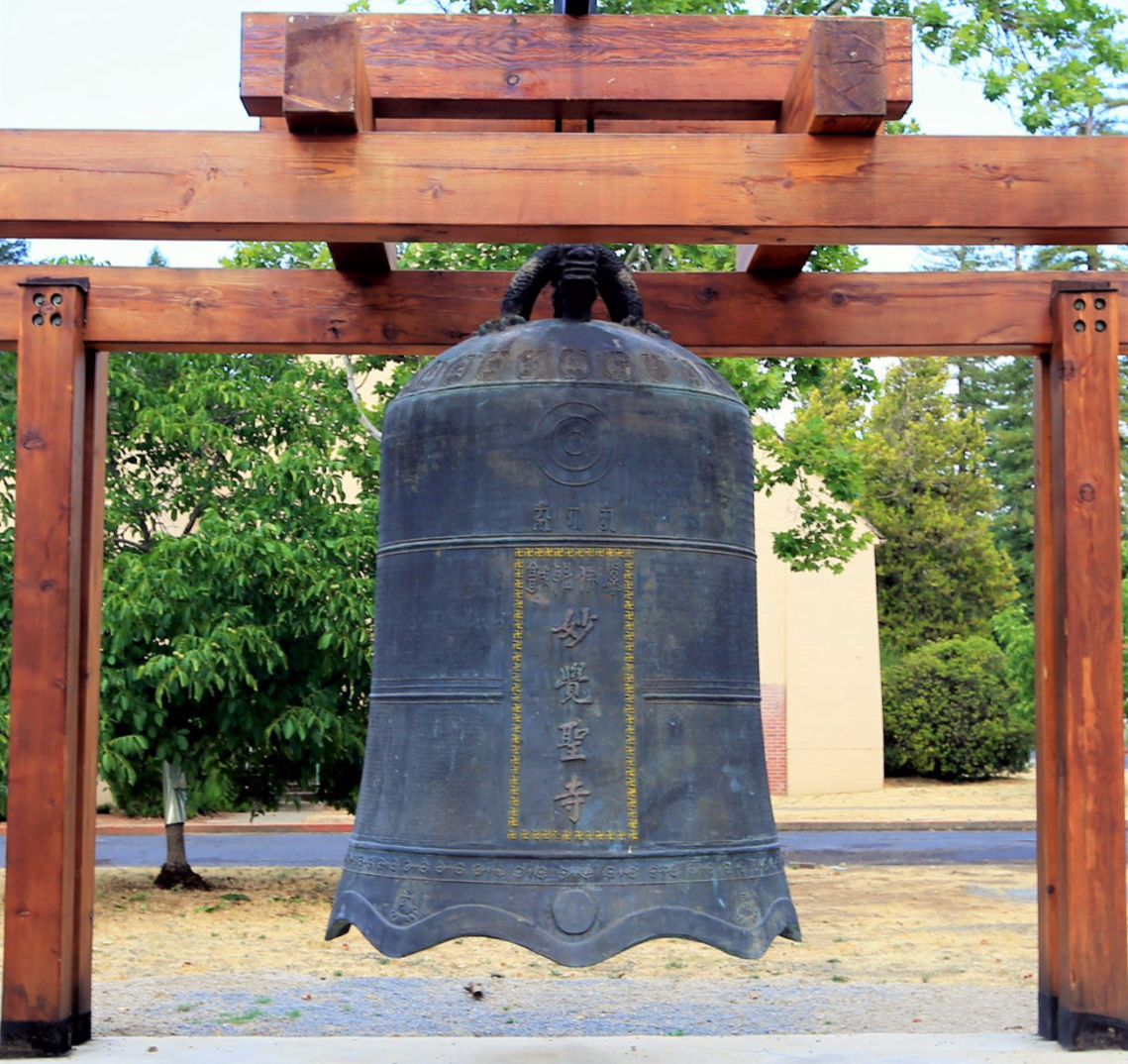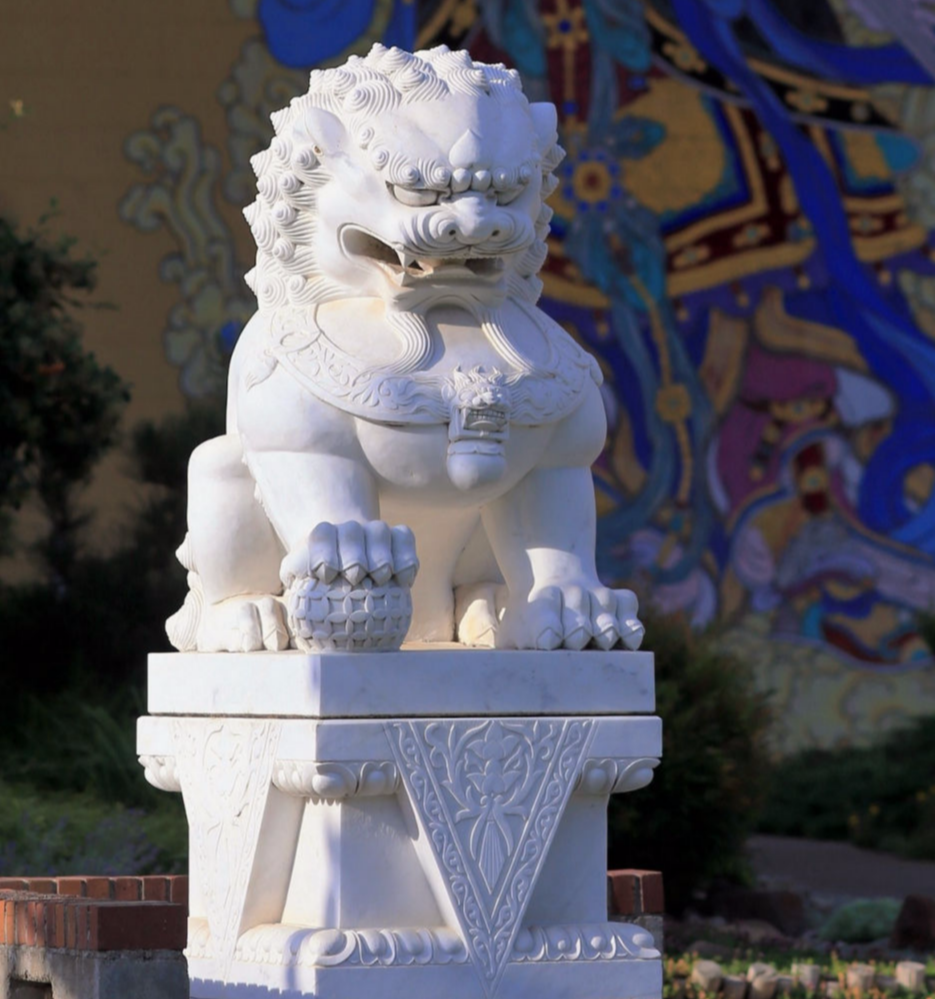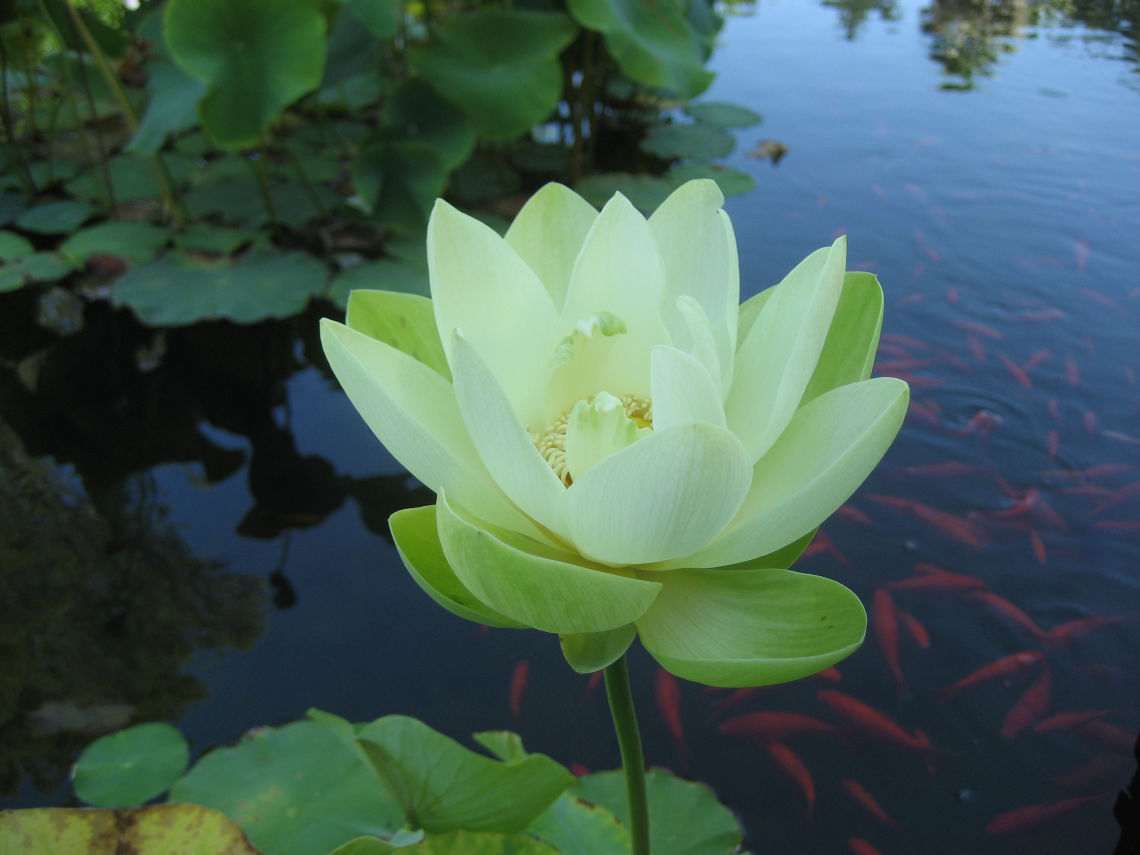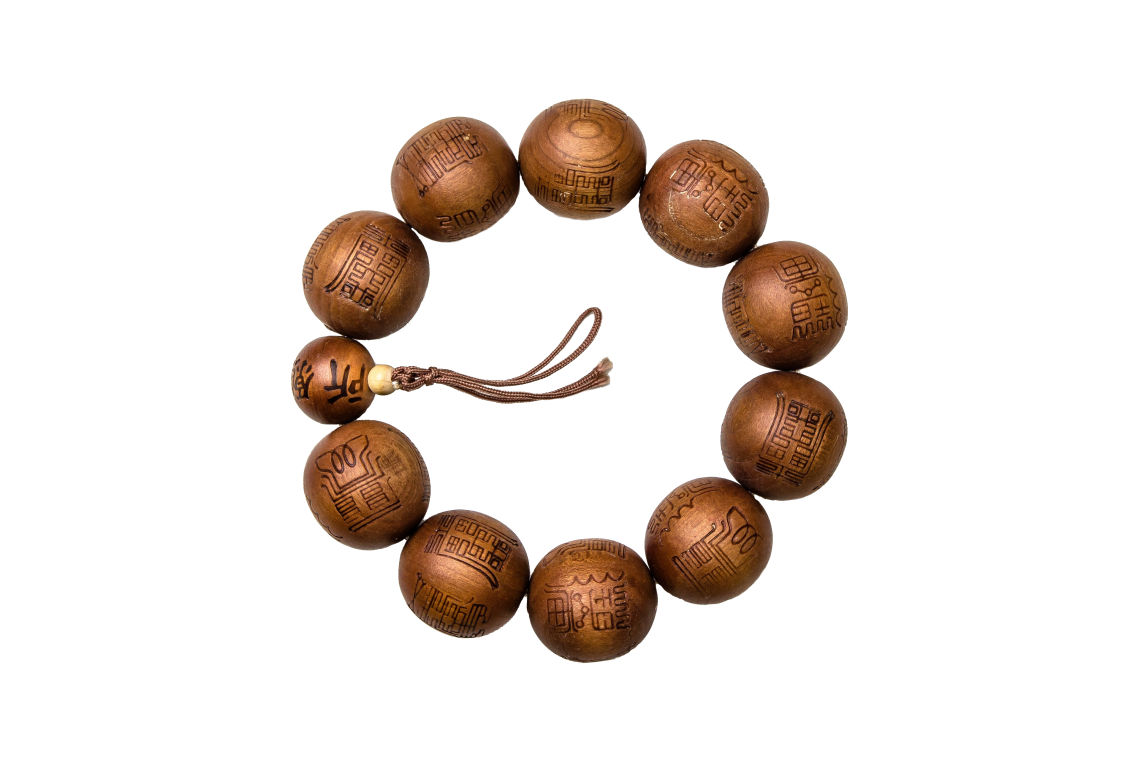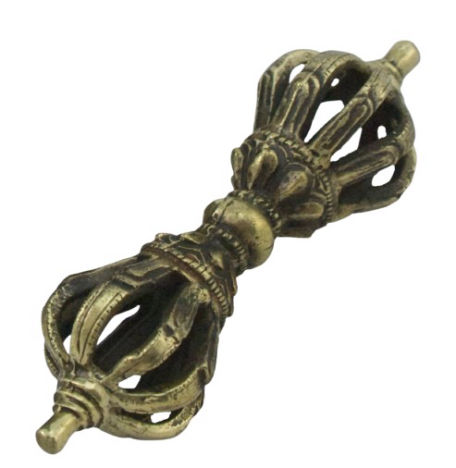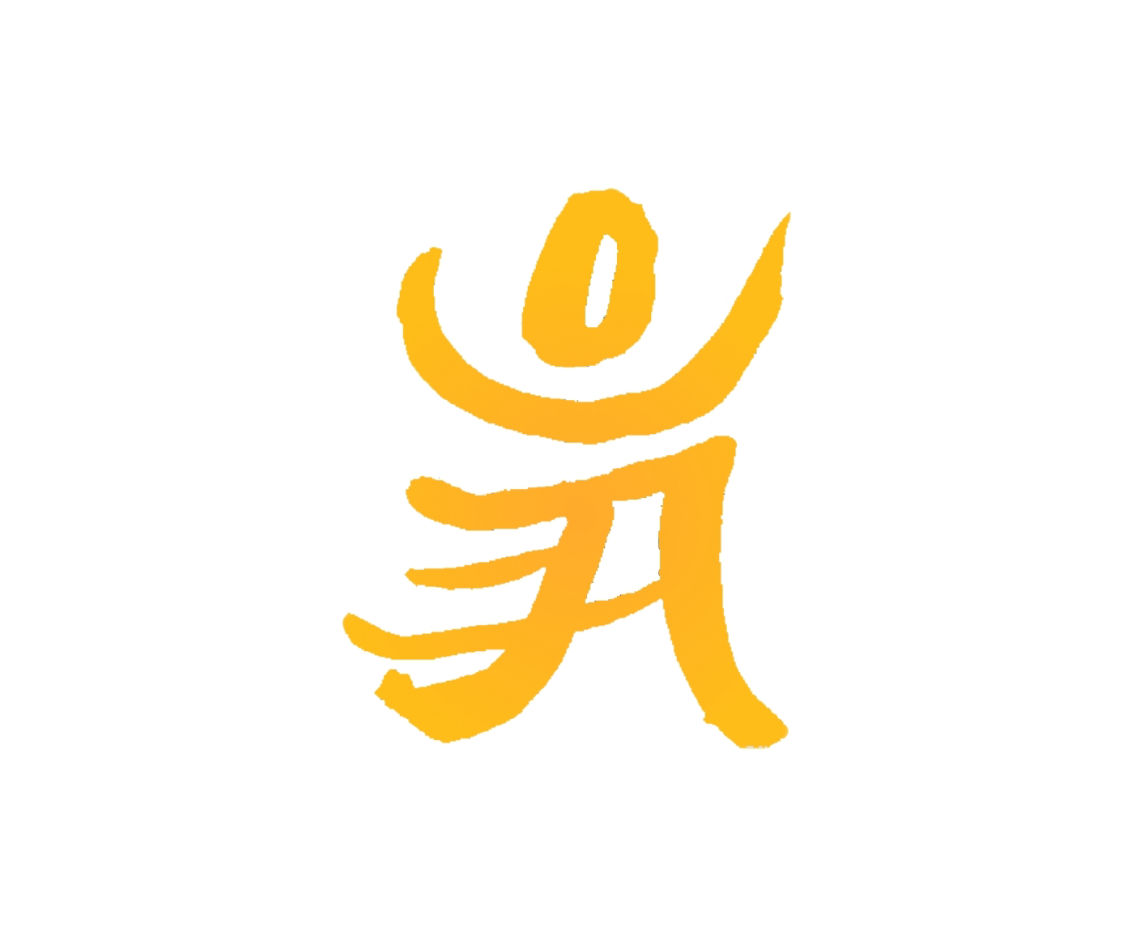
Aum (Om) Symbol
Om, also written as Aum, is a mystical and sacred syllable that originated from Hinduism, but is now common to Buddhism and other religions. In Hinduism, Om is the first sound of creation and symbolizes the three stages of existence: birth, life, and death.
The best known use of Om in Buddhism is in Om Mani Padme Hum, the “Six-Syllable Great Bright Mantra” of the Bodhisattva of compassion, Avalokiteśvara. When chanting or looking at the syllables, we invoke the compassion of the Bodhisattva and instill his qualities. AUM (Om) consists of three separate letters, A, U, and M. They symbolize the body, spirit and speech of the Buddha; “Mani” is for the path of teaching; “Padme” for the wisdom of the path, and “hum” denotes wisdom and the path to it, as explained in Buddhism: A Brief Introduction.
